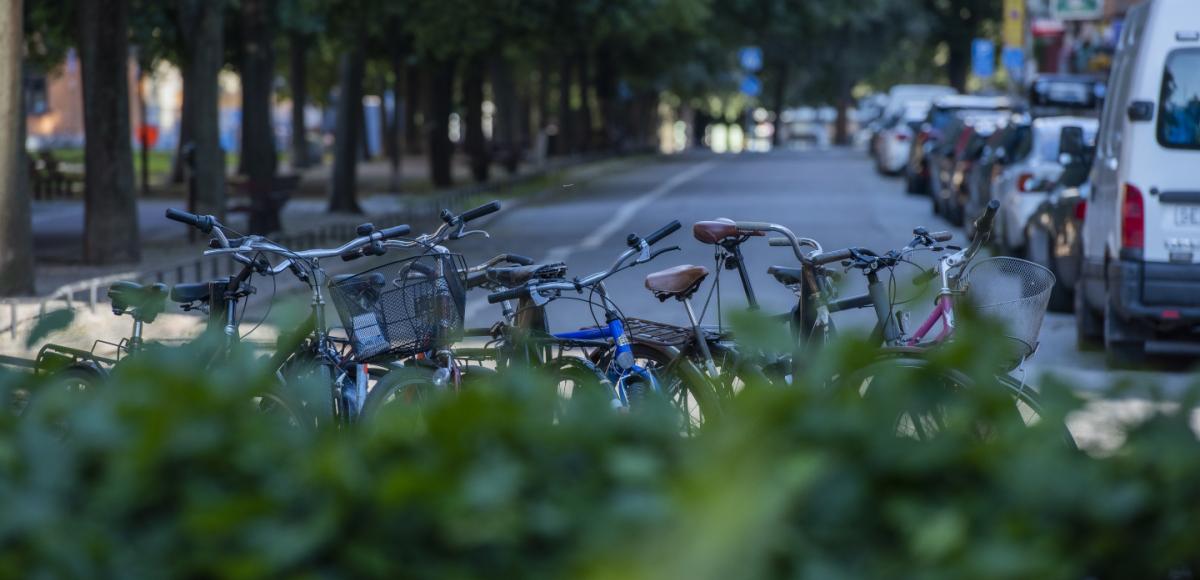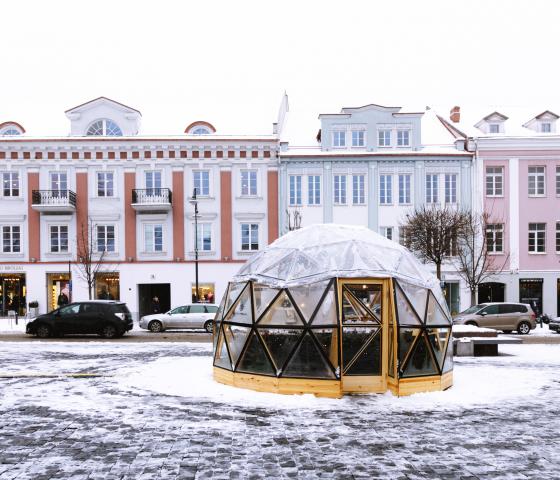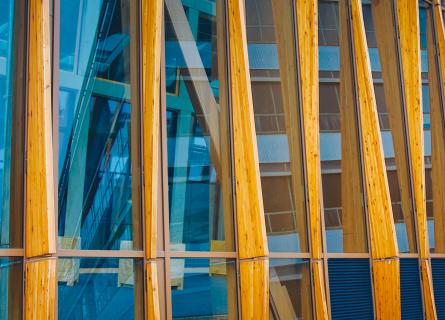
A city full of igloos
Future Cities Insight #23 - A city full of igloos
It might not be the first type of building that springs to mind when we talk about cities, as igloos aren’t found in cities, but rather in the arctic areas of earth’s northern hemisphere, and perhaps mainly on Greenland. Nevertheless, an igloo built from porous snow constitutes a fantastic shield against weather. It’s the air in the snow that insulates in the same way as air in mineral wool, which is used as thermal insulation in many buildings.
This text was first published in Swedish trade magazine Teknikdygnet.
A well-constructed igloo with room for a few people can maintain an internal temperature of around zero degrees Celsius despite an outside temperature of about -40 degrees Celsius. An igloo does not only create an opportunity to dwell when it is really cold, but it also has geometry, the shape of a sphere, the smartest shape for a building in terms of climate.
A smart building shape in terms of climate is a shape – a geometry – that results in a low energy consumption for heating. The smaller the climate shell is, i.e. the sum of the surfaces of the encompassing walls and roofs compared to the same floor area (the sum of all the floors’ surface areas) the smaller the energy consumption is. We have created a value that we call building efficiency (‘byggnadseffektivitet’ in Swedish), which is the sum of the floor surfaces divided by the area of the encompassing surfaces. The higher the value is, the smarter the geometry is in terms of climate.
So what is a good shape for a building? A third of the public housing built in Sweden during the 1960s and 70s is made up of tower blocks – thin, tall buildings, which isn’t a good shape. In the 80s, we instead began erecting buildings in the shape of a cube, often with a closed atrium in the middle, which was better. A cylinder constitutes a really good geometry, and the best possible geometrical shape is a sphere.
There is a lot of old knowledge of how heat was maintained in buildings built centuries ago, including how a good interior environment was created, how to insulate, how to shovel snow against the façade in winter as well as planning buildings based on cardinal direction and prevailing wind direction. We knew of the advantages of digging into the ground and placing the buildings there, or on a hill-side, placing large windows towards the south and small towards the north, choosing heavy construction materials based on their storekeeping ability, assembling window shutters etc. Old knowledge that we have forgotten, or in any case, aren’t applying.

Perhaps up to 70 percent of a building’s energy consumption depends on, or can be reduced by, making the right choices in terms of shape, insulation thickness, orientation, window quality, choice of façade, weight, wind impact etc.
There are three steps to build a smart building in terms of climate. The first step is to make the above choices. The second step is to install energy efficient technical systems that are regulated according to need, where excess energy is transported to wherever there is an energy deficiency. The third step is that the energy supplying the building has to be renewable.
There is a lot that has to be coordinated in a city – buildings’ placement in relation to streets, parks and squares, flow of people and transports – so a city consisting solely of buildings with optimal shapes may not be possible.
However, what we can agree on is that if we bring with us the knowledge of climate-smart buildings to the planning processes of property owners and municipalities, we will be able to create a more sustainable city in the long term.
I don’t think those who constructed the first igloo were that foresighted and realised that the shape is more than applicable today, or perhaps they were. But wouldn’t it be exciting with a city full of igloos?


